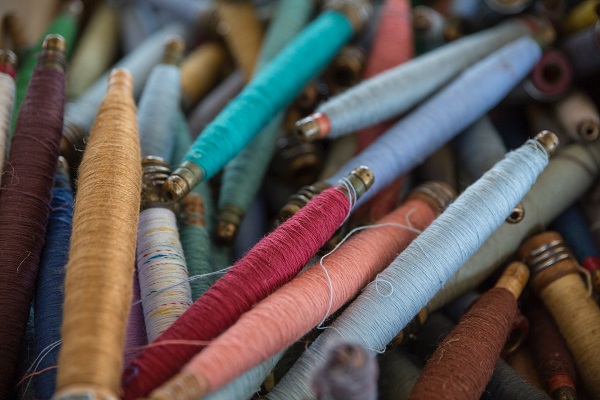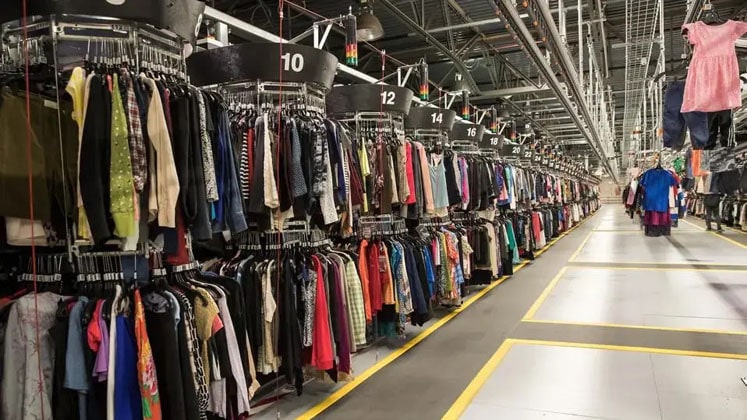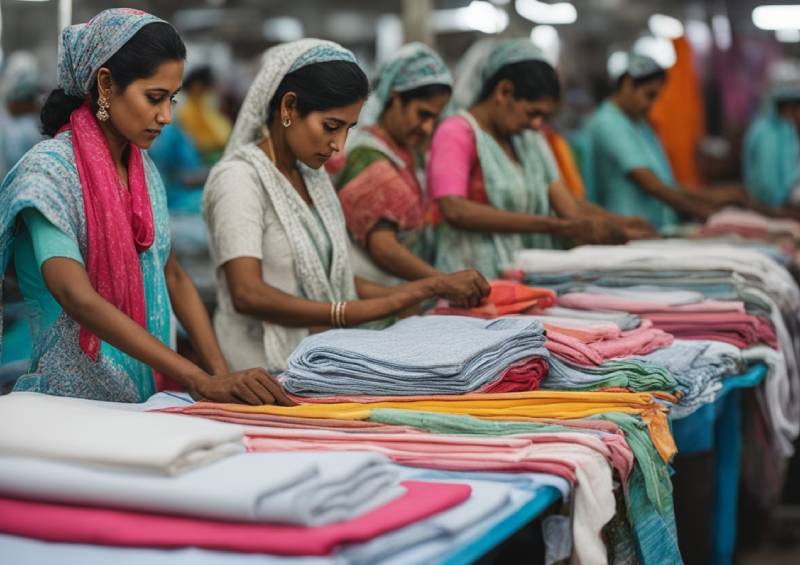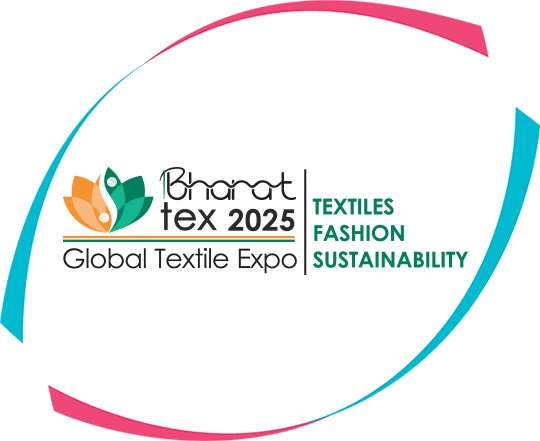
The fact that the $2.5 trillion fashion industry is contributing towards 10 per cent of carbon emissions and 20 per cent of waste water effluence is well known. What is news however is, the sector is responding to seriously contributing to decreasing its polluting presence and working towards sustainable production? The dateline for discussions and ideas has been crossed as immediate action is the need of hour.
The global textile sector can no longer operate in its customary linear way using huge amounts of non-renewable resources to produce apparel that have a short lifecycle as trends keep changing, filling landfills with unsustainable amount of wasted garments and incinerating discarded ones. It is apparent that no thought was given to reducing waste, recycling fibres and exploring resources that were not denuding the planet. Environmentalists and scientists are trying to show governments and masses the writing on the wall for the planet, the high-profile fashion sector has been thrown directly under a glaring spotlight.
Regeneration rather than creation
Giulio Bonazzi, Chairman and CEO, Aquafil Group recently stated in an interview with Mint, there isn’t really a need to invest and spend time on creating new products as the sector already has one too many. The way forward is to dive deep into studying existing material and using them innovatively to reduce emissions and effluence during production and recycling them over and over again. He says, if the textile sector pulls its weight together and focuses on regeneration, a significant amount of resource extraction would end. It would also mean less and less items would head towards landfills and incinerators and that research and development would be a leading part in generating circularity.
As potable water gets scarcer, there is simply no excuse for the textile manufacturing sector to contribute towards large levels of water pollution. The standards to reduce textile pollution is focus on avoiding the use or discharge of alkyllphenol-ethoxylates and minimum use of organic solvents. Also, avoiding non-degradable surfactants and spinning oils in washing and scouring processes. Pad batch-dyeing is recommended as it is an effective method and use of natural and azo free dyes and use of organic fibres.
Indian textile industry greening itself
India’ textile and apparel industry, which has a four per cent share of the global trade, is expected to grow at a CAGR of 10 per cent annually to reach $190 billion by 2026. Spurred on by massive domestic and foreign demand, the industry is a top source of employment and attracts a lot of investment. However, this burgeoning industry has high reliance on coal and natural gas to supply electricity and heat, which adds to its also increasing carbon footprint. The Indian Ministry of Textiles has signed a cooperation agreement between the United Nations’ Environment Programme and the Cotton Corporation of India to ensure circularity and mainstream sustainability in the supply chain - innovative materials, using safe dyes, reducing water and energy consumption, treating waste material and ensuring a greater focus on reducing, reusing and recycling.
Similarly, textile producing nations Vietnam, Indonesia, Bangladesh and Pakistan have jointly decided to work on reducing pollution from the textile sector and a $43million initiative will support this endeavor to help these four nations streamline their production towards a more sustainable manufacturing process. The United Nations has played a key role in not only providing the development fund but also sustainable technology.












